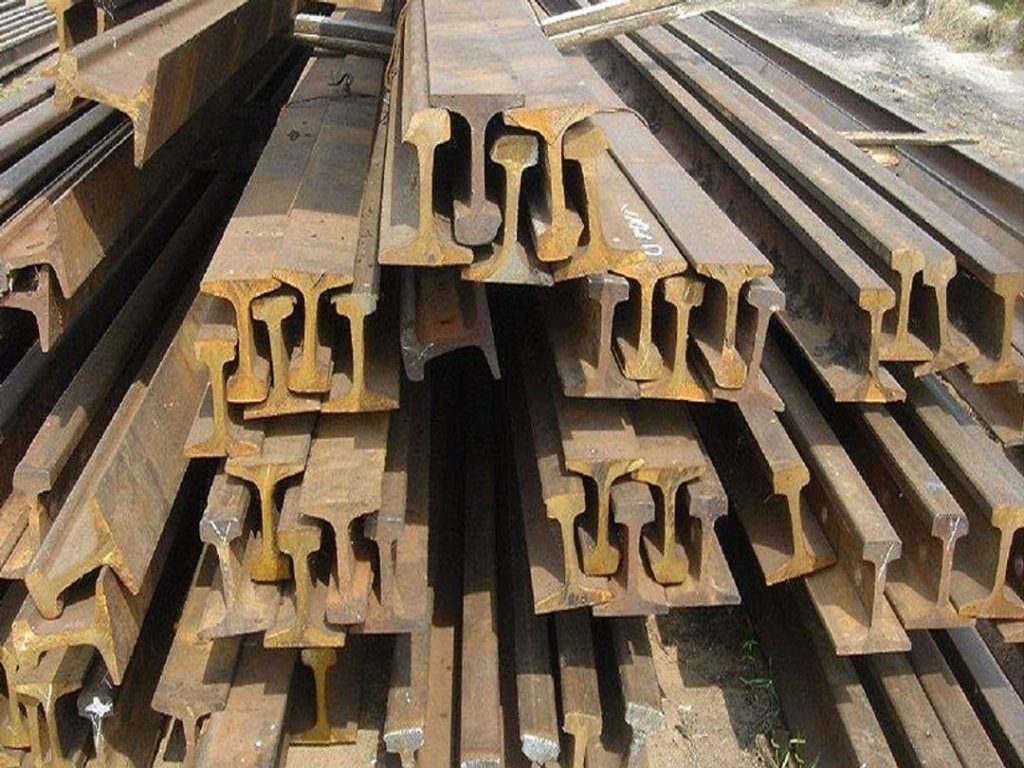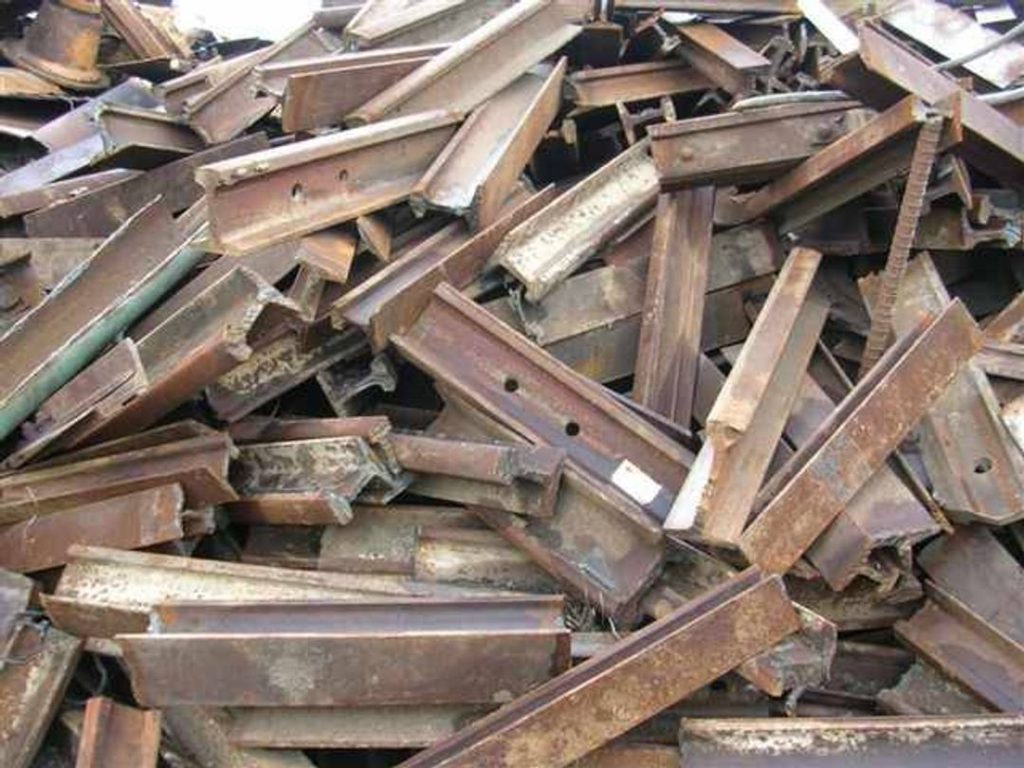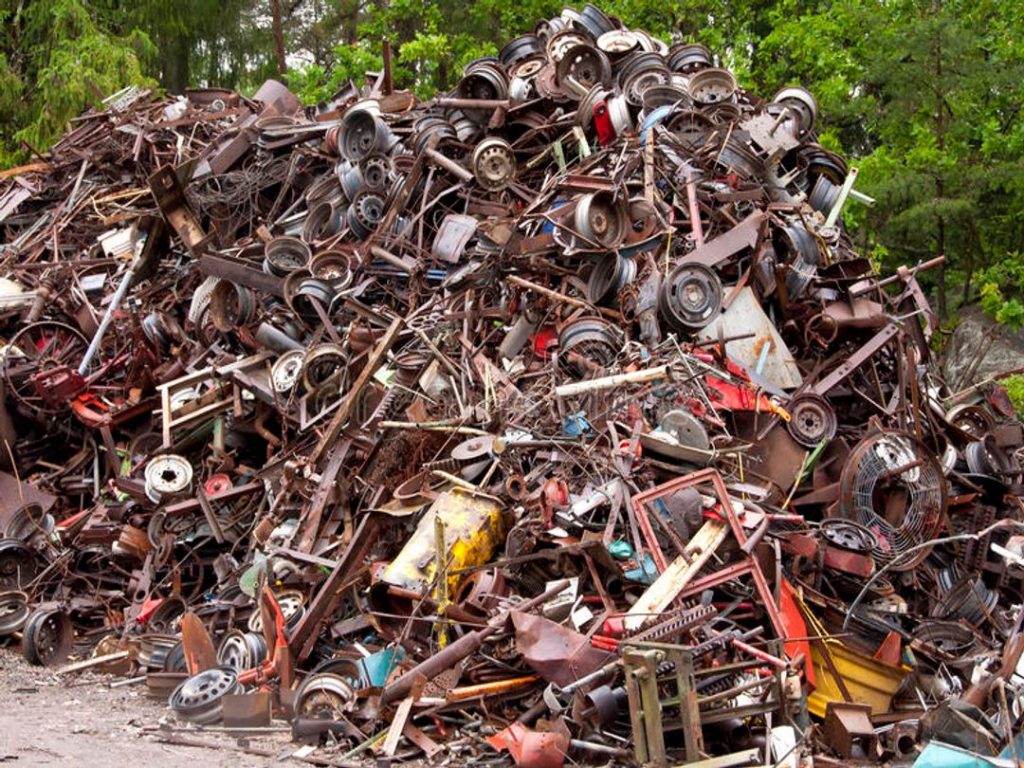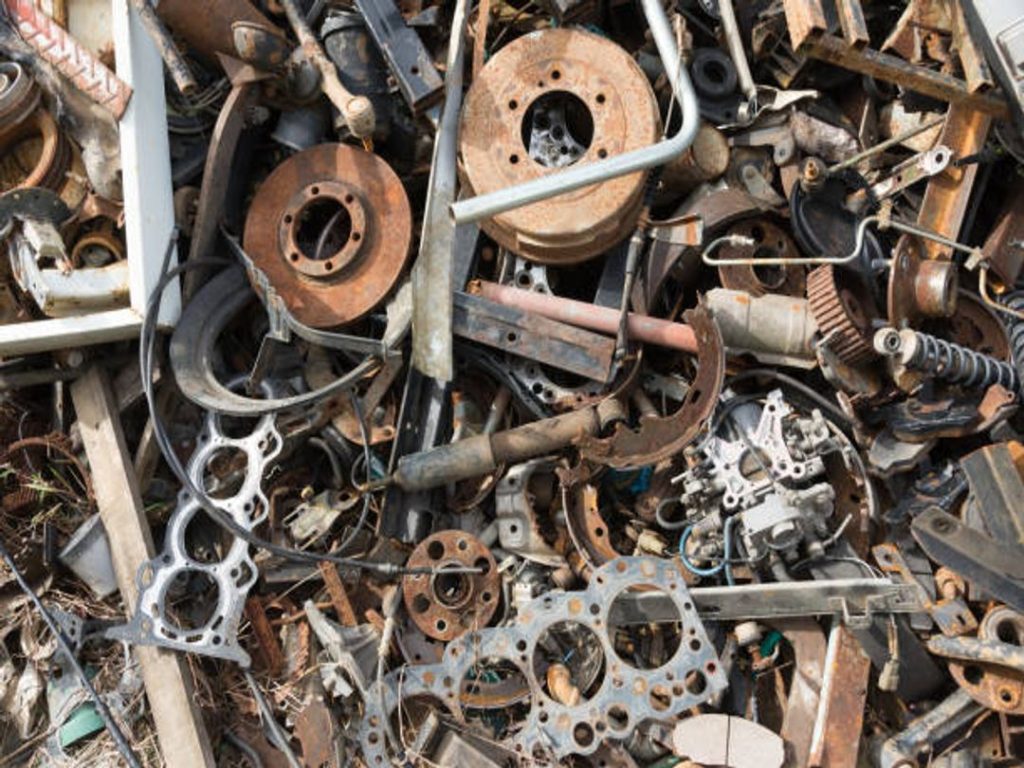Ferrous Metals
- Home
- Ferrous Metals
Ferrous metals
A metal with the descriptor “ferrous” means that it has iron in its composition. When the term ferrous metal is used, it also usually implies that iron is a large percentage of the elemental composition. If it’s not the most abundant element, it would probably be the second or third most prolific. If a metal only contains trace amounts of iron, as many metals do, then that small amount is not considered enough to declare the metal ferrous.
It is difficult to assign common properties to ferrous metals, since they can have a wide variety of alloying elements that greatly change their characteristics. For instance, many ferrous metals are magnetic; however, it is not true for all ferrous metals. Austenitic stainless steel, while considered a ferrous metal, is not magnetic because the large amount of nickel allows it to have a crystal structure that is predominantly austenite at room temperature. Austenite is not magnetic, although it does contain iron. Some ferrous metals, such as cast iron, are extremely strong and brittle. However, low carbon steel, another type of ferrous metal, can be quite soft and ductile because it does not contain as high of an amount of carbon as cast iron.
While it is difficult to place the properties of all ferrous materials under one umbrella, there are some generalizations that can be made with some accuracy. Ferrous metals often have relatively high amounts of strength, especially when compared with copper, tin, and lead alloys. Ferrous metals are also generally hard, and if they’re not alloyed with many other elements or coated, can be subject to rust. Most ferrous materials, with the exception of austenitic stainless steel and some other grades, are magnetic.
Mild Steel Turnings
Rerolling Plates
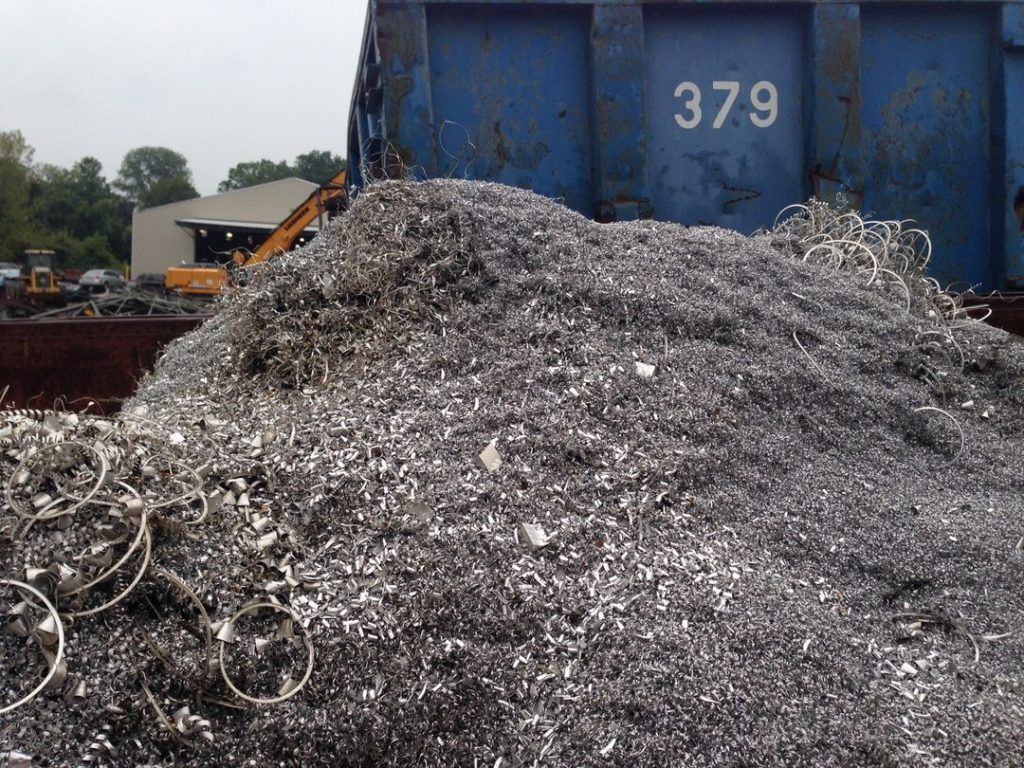
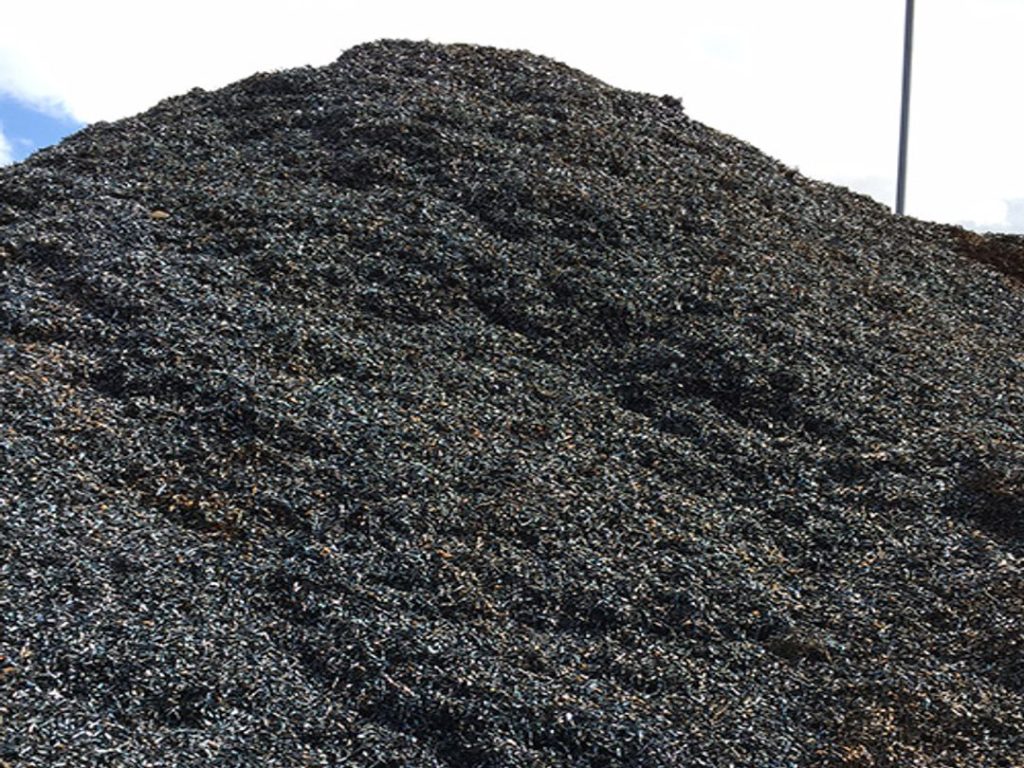
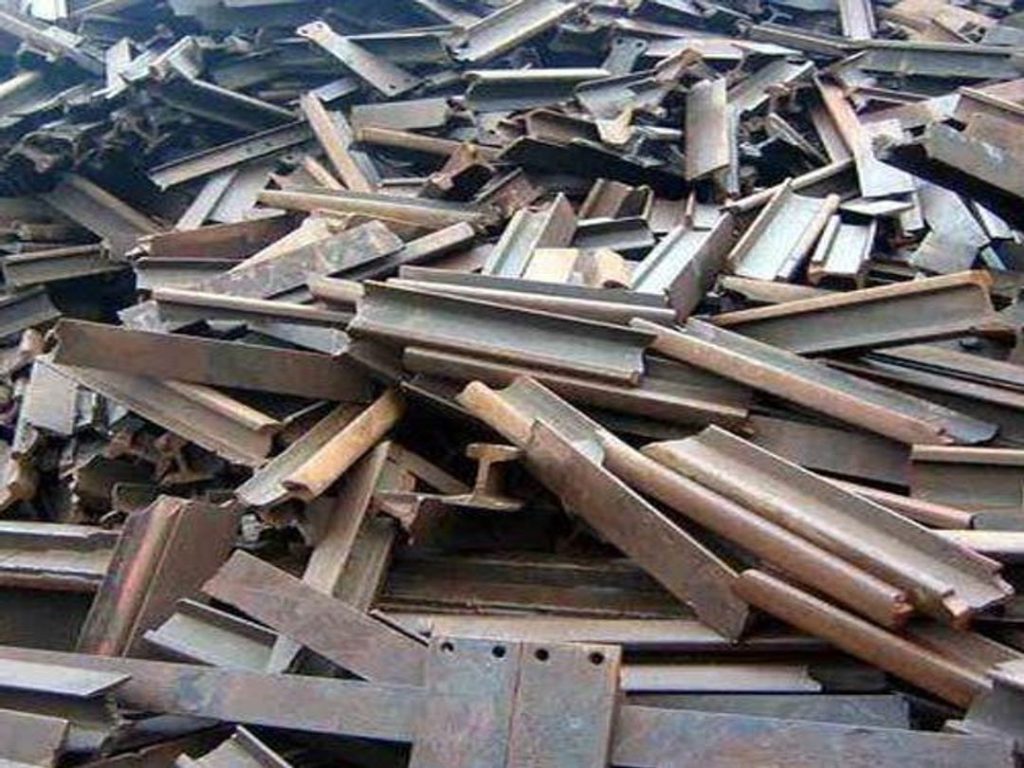
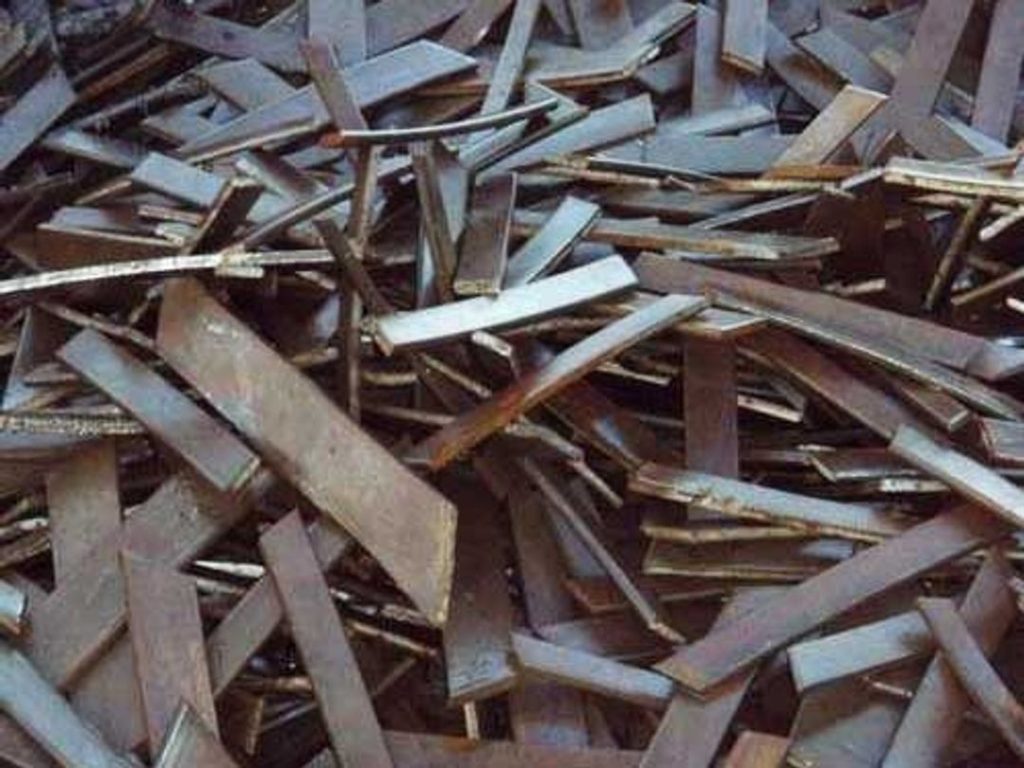
Incineration Scrap
Steel Plates
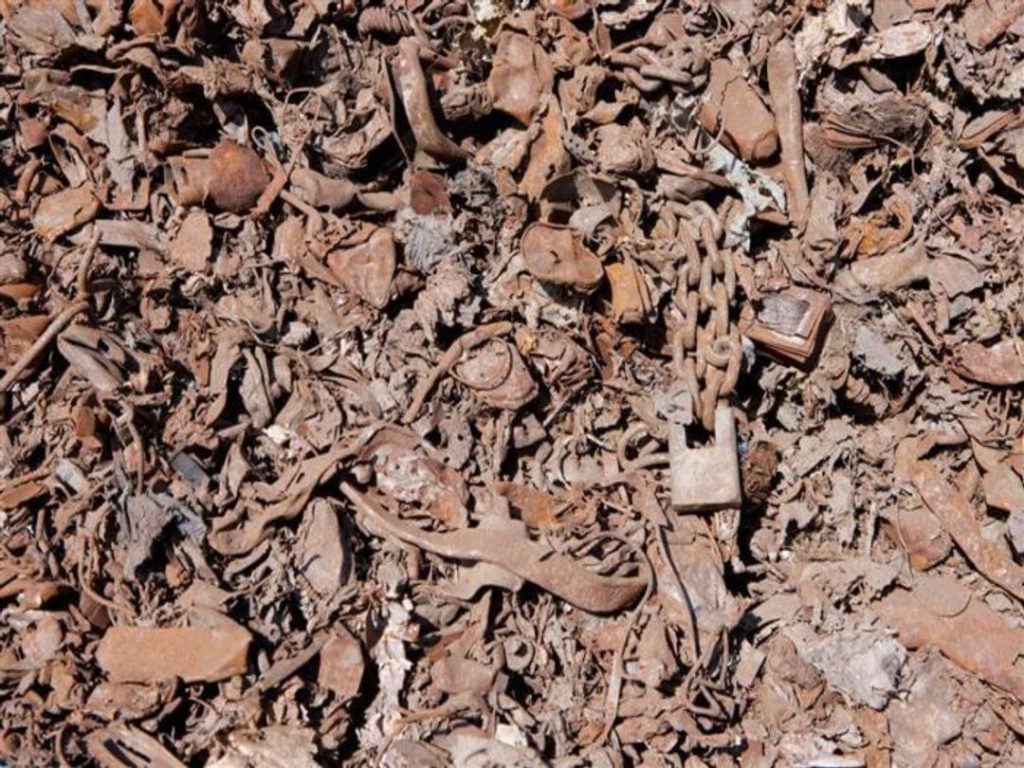
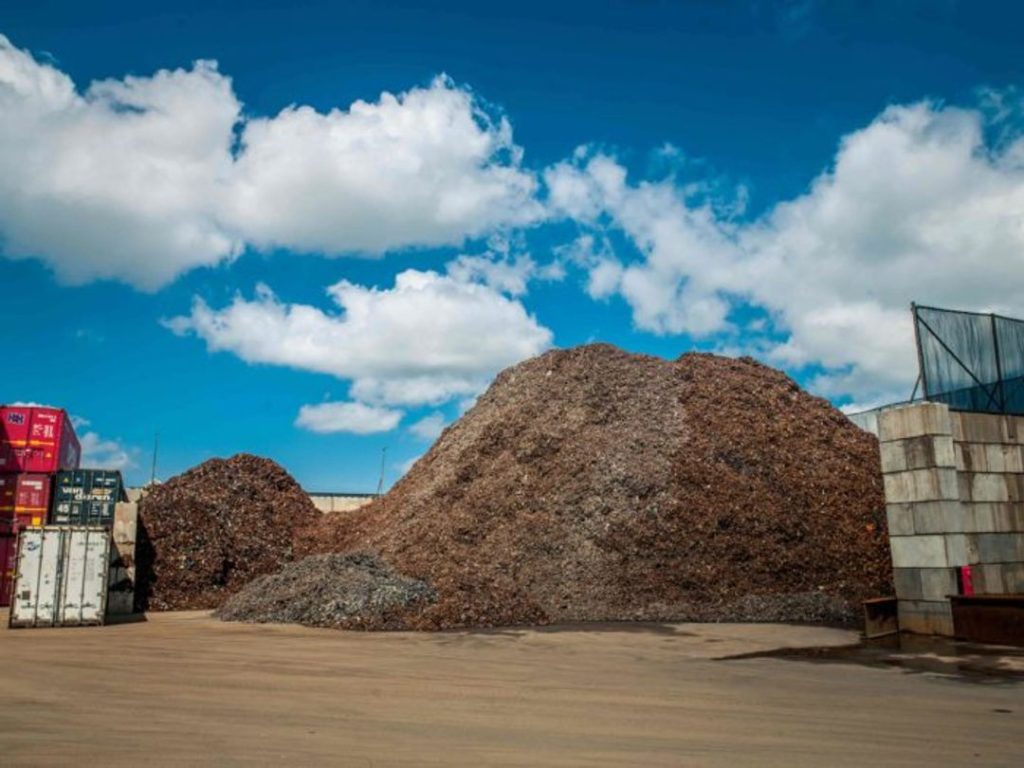
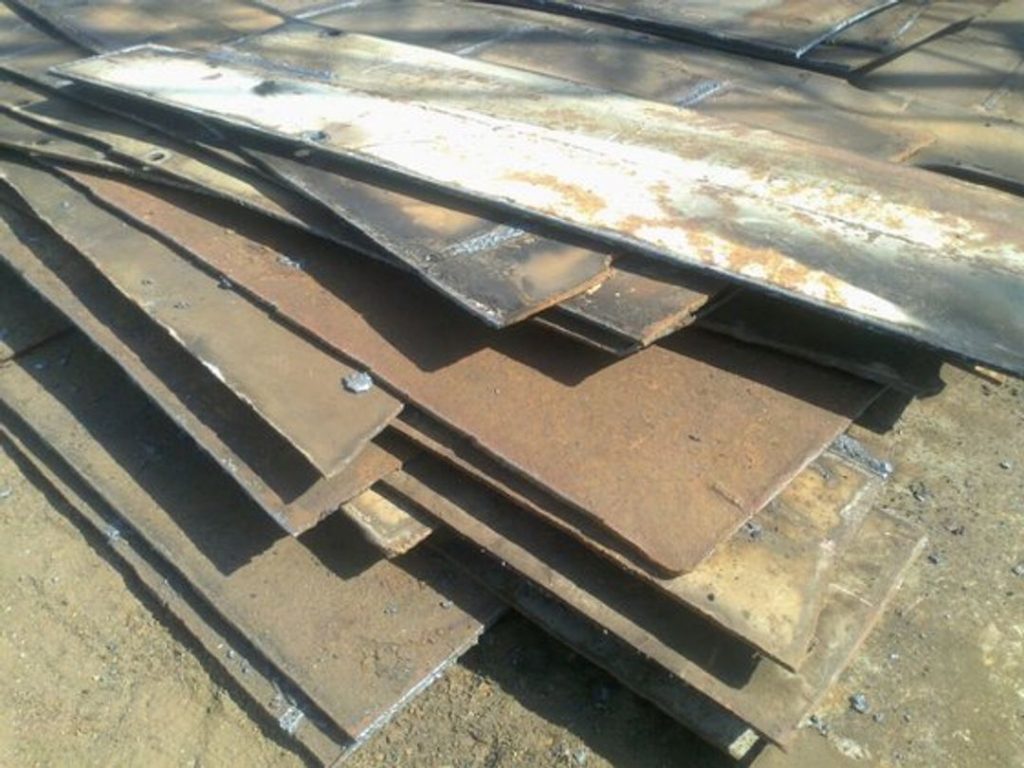
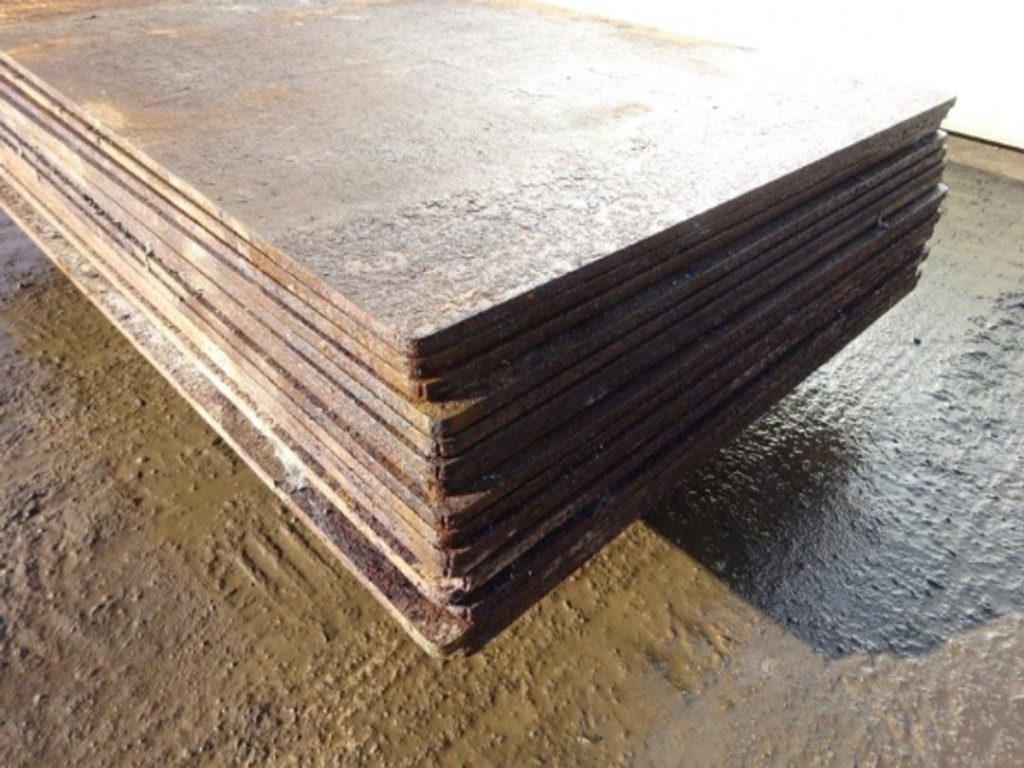
Bushelling
Shredded Scrap
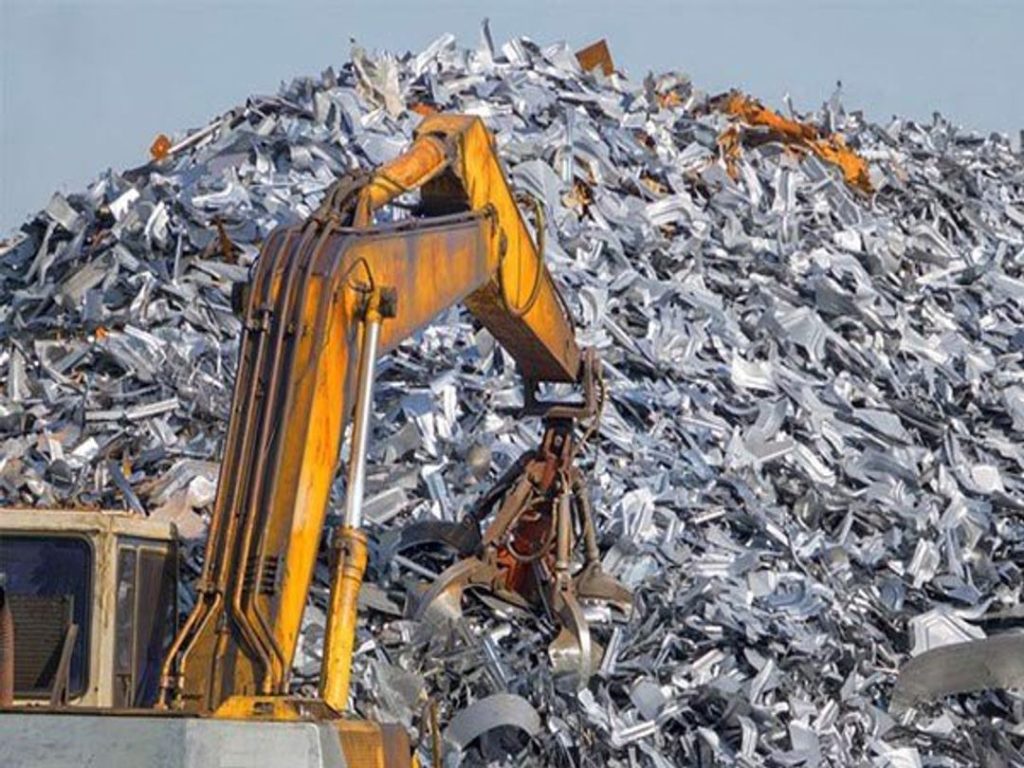
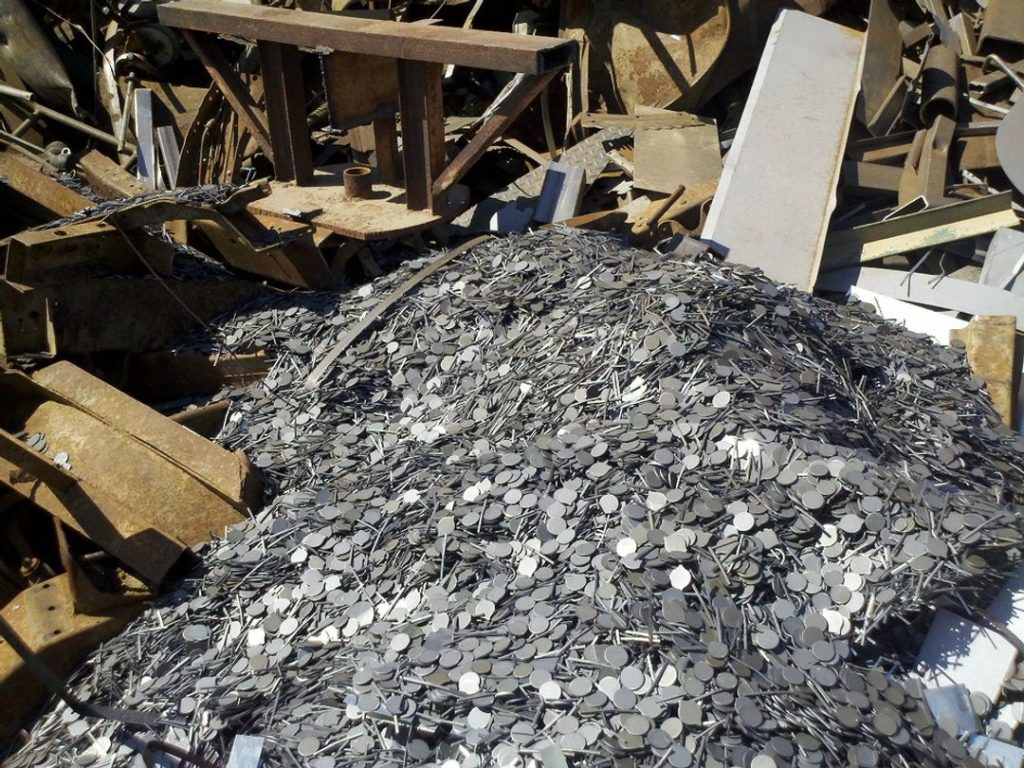
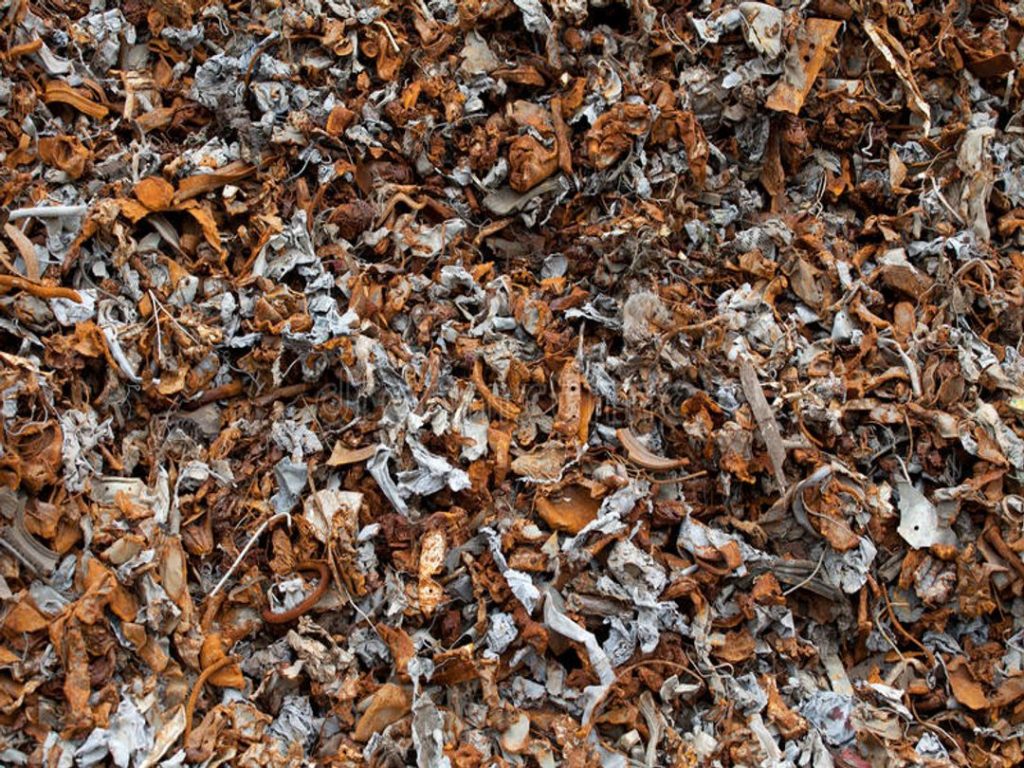
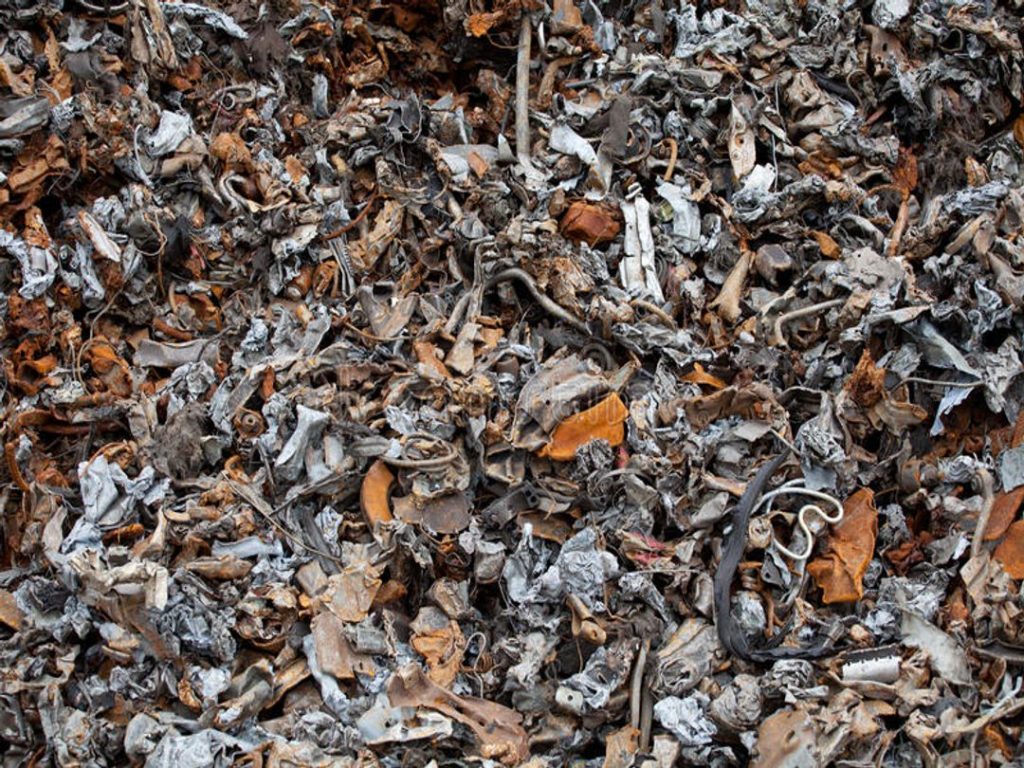
Iron Borings
Tin Sheet Bundles
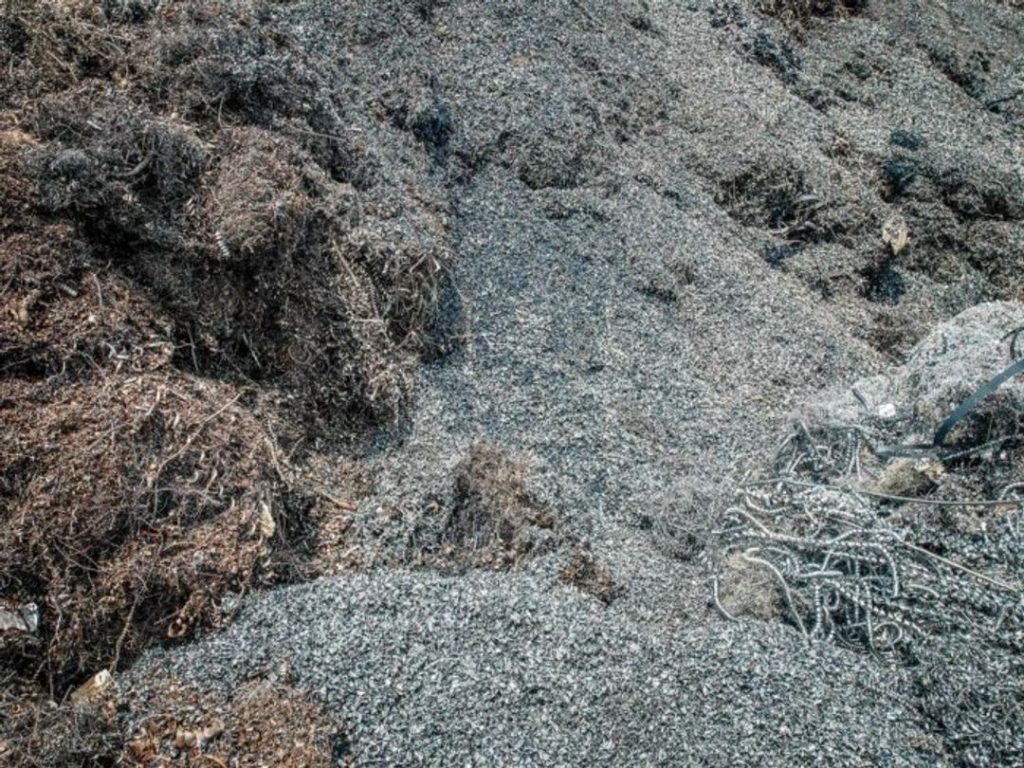
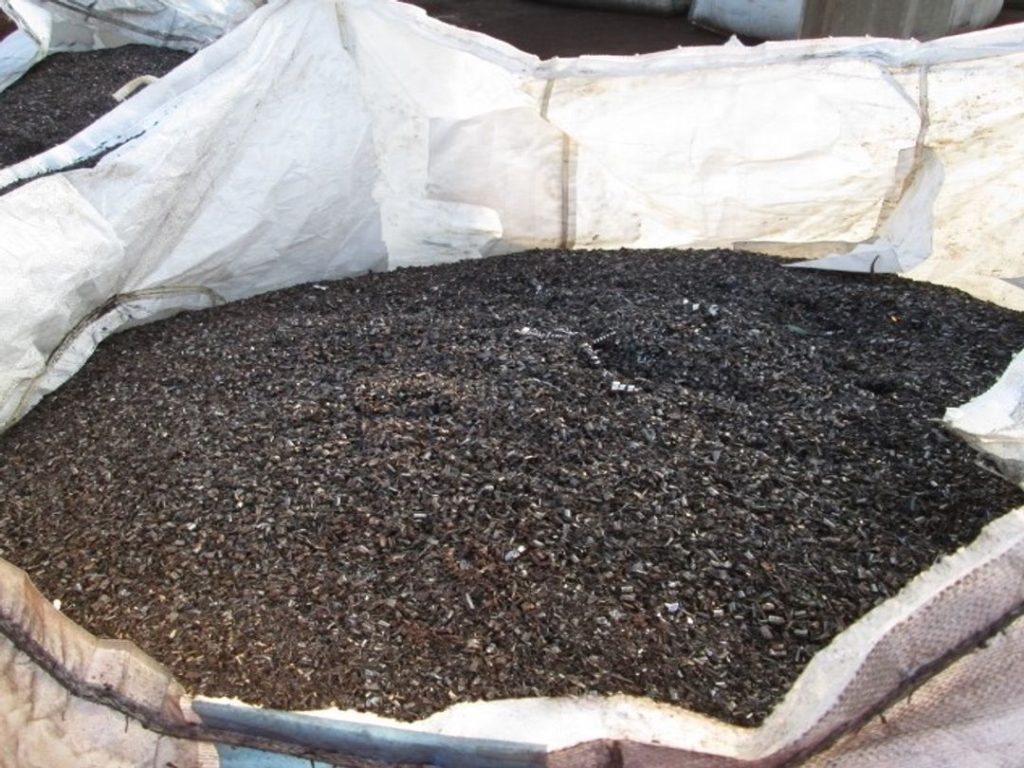
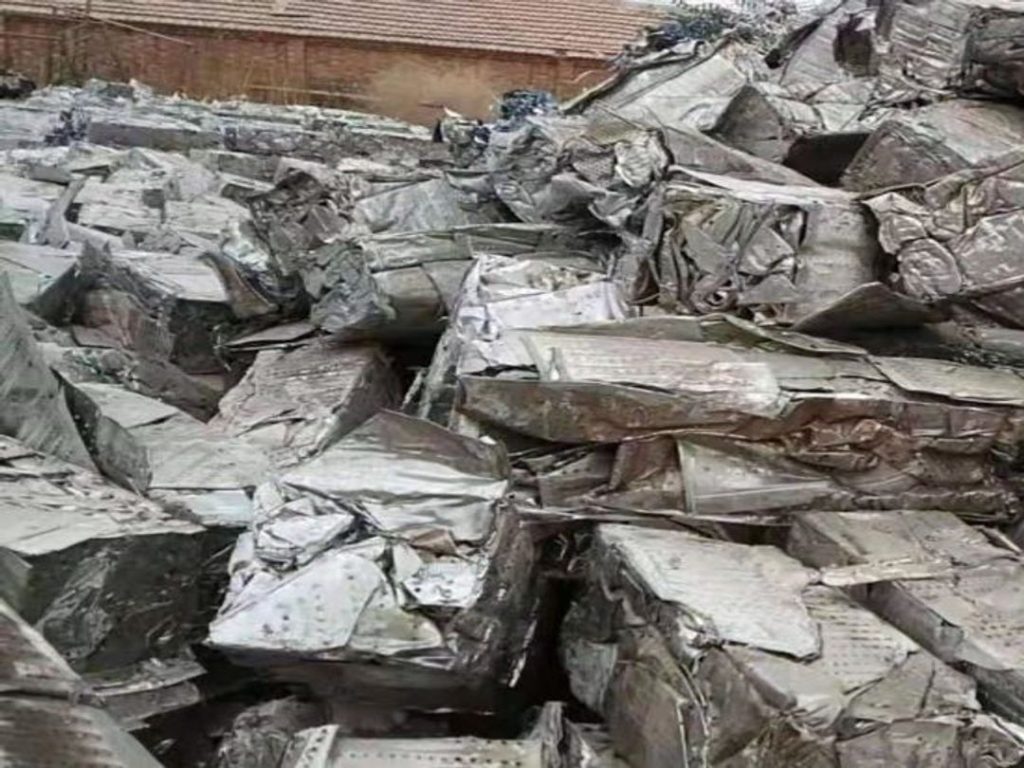
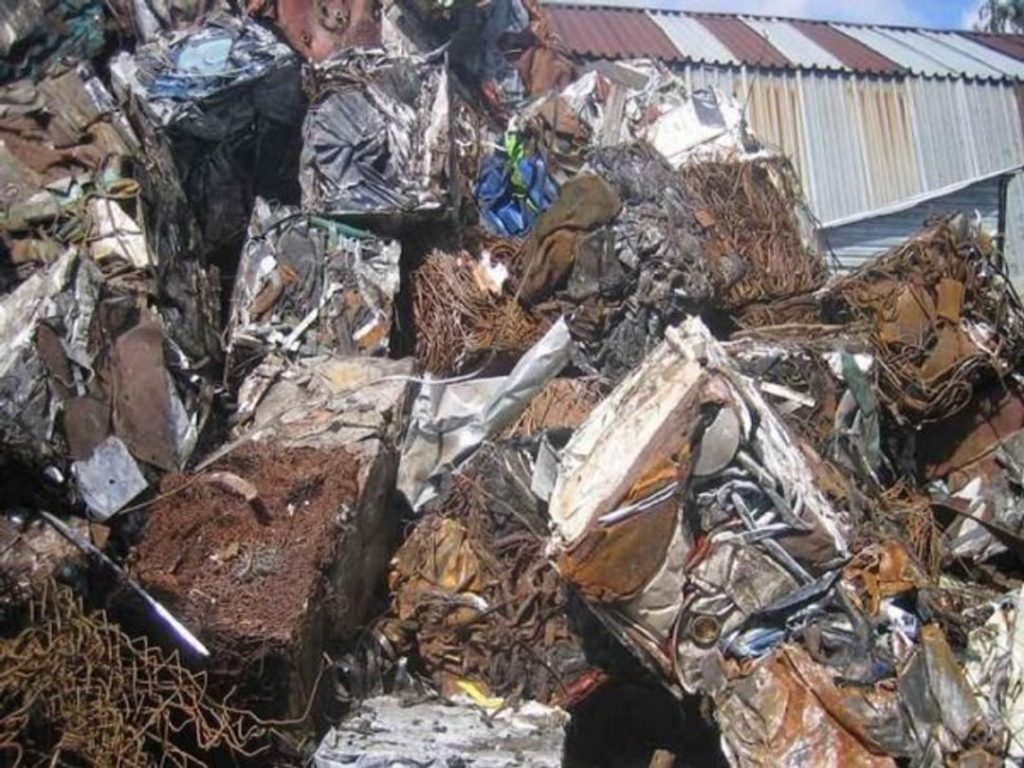
Shredded Tin Cans
Break Discs
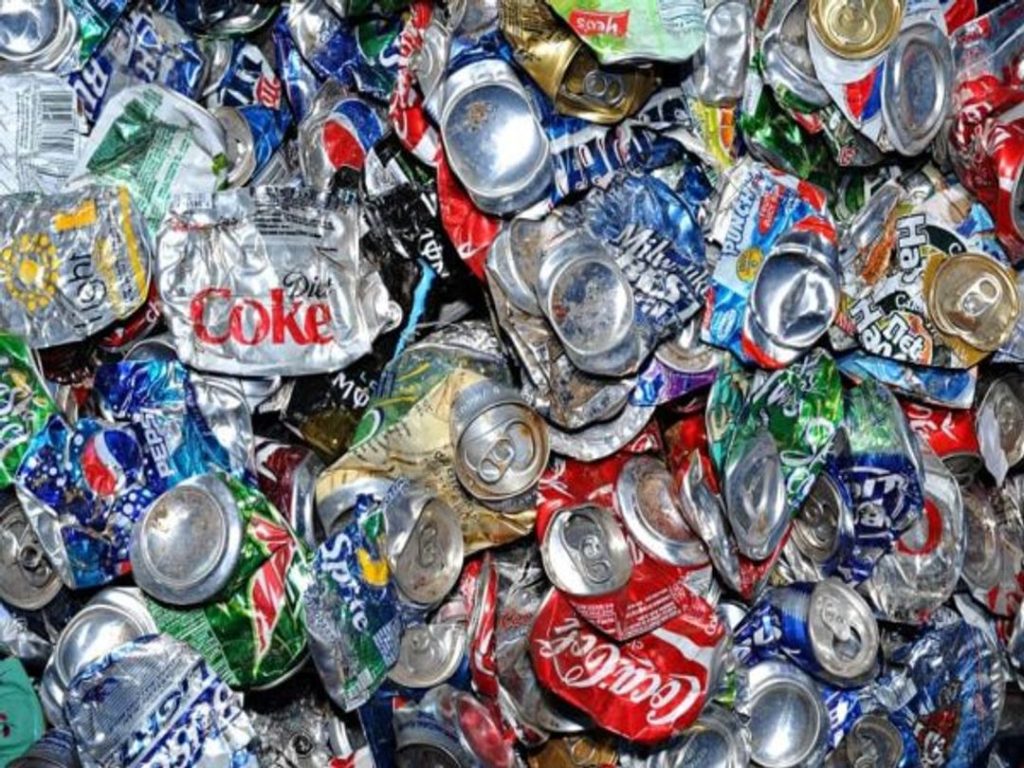
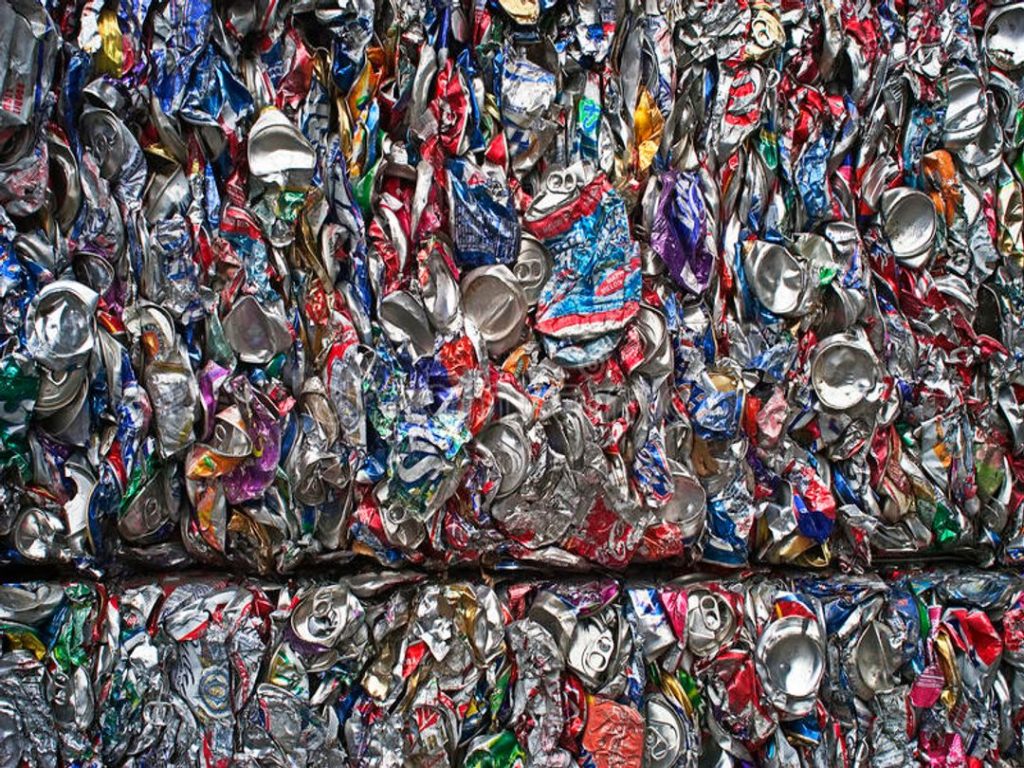
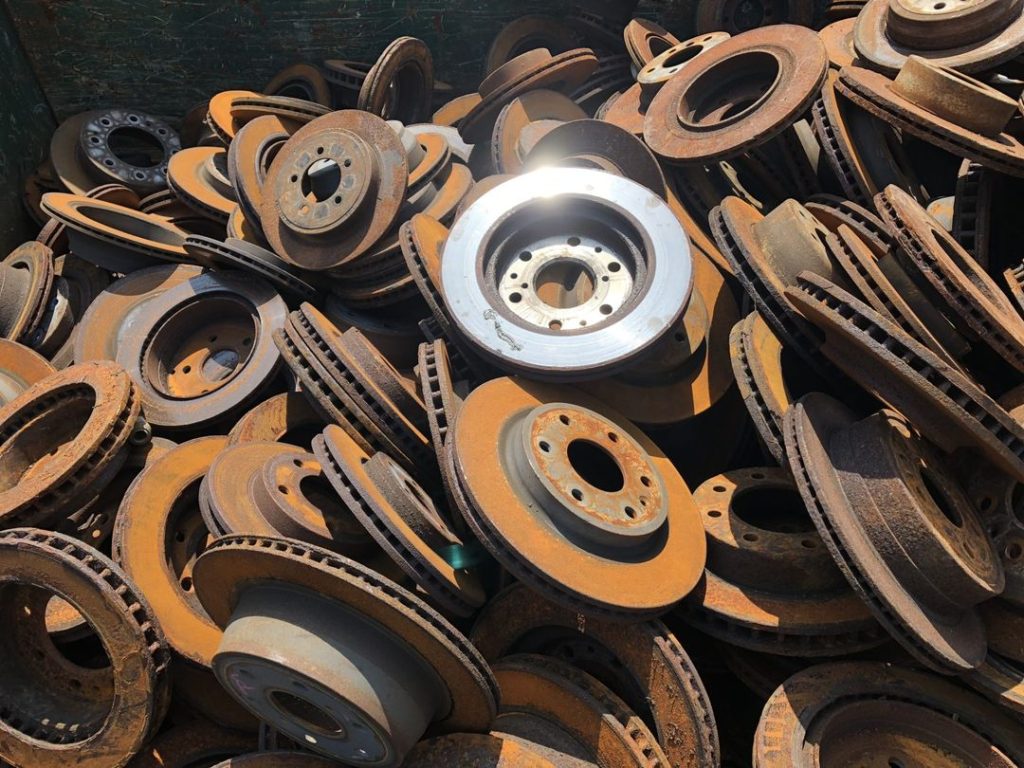
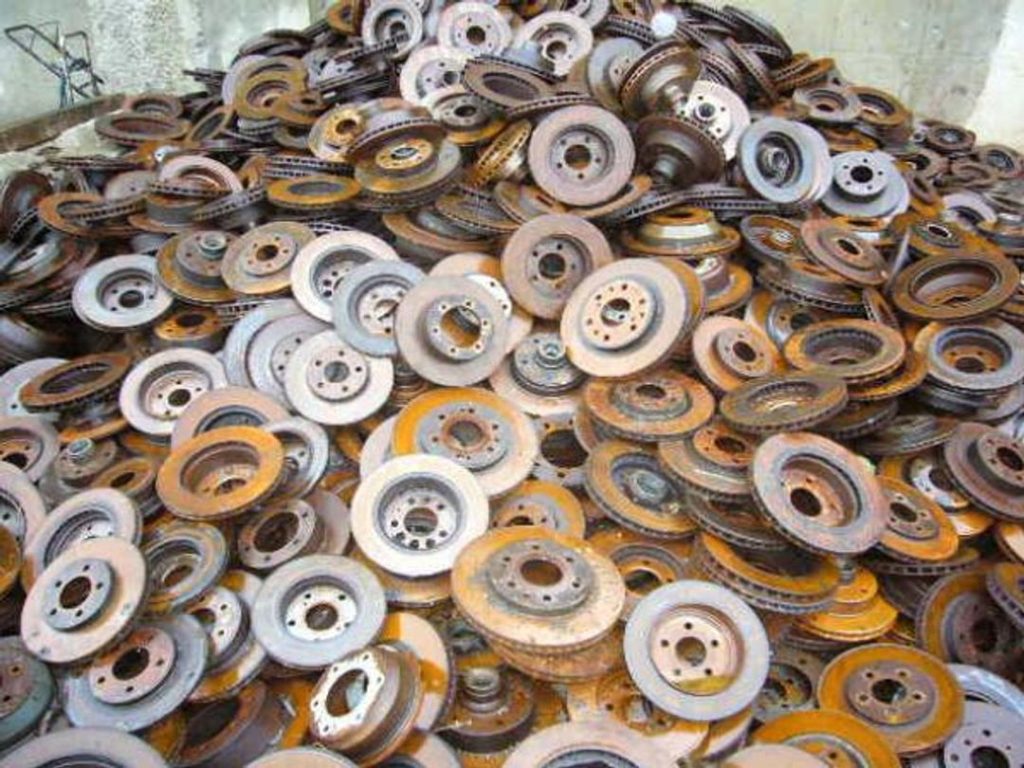
Tubes
HMS
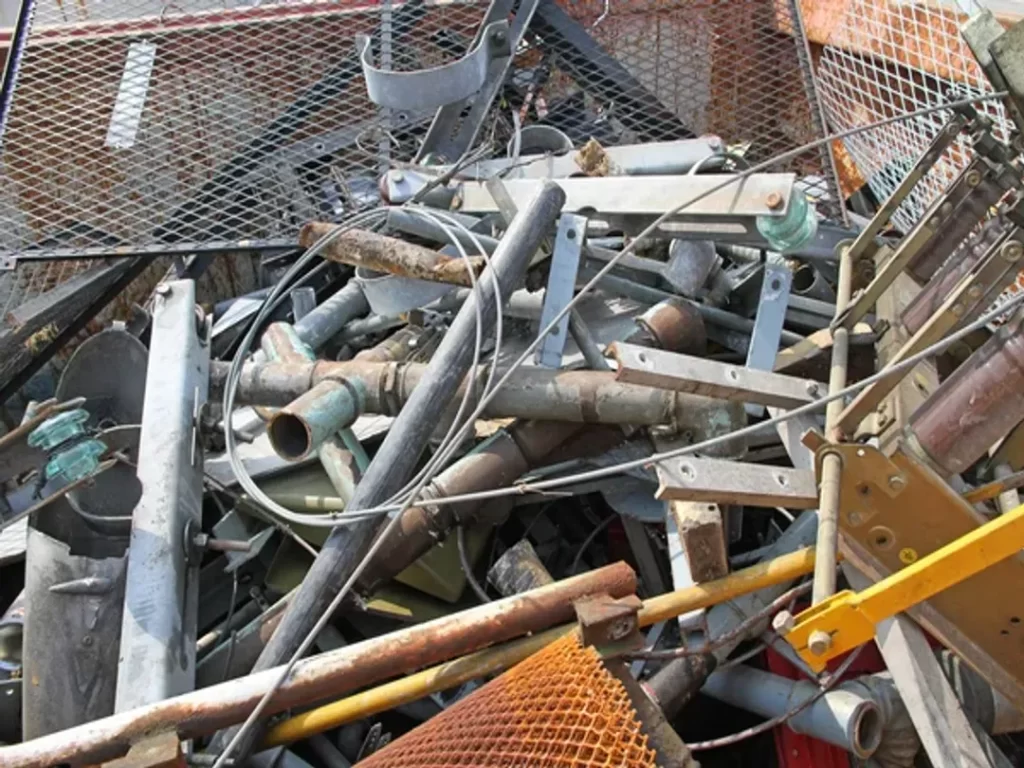
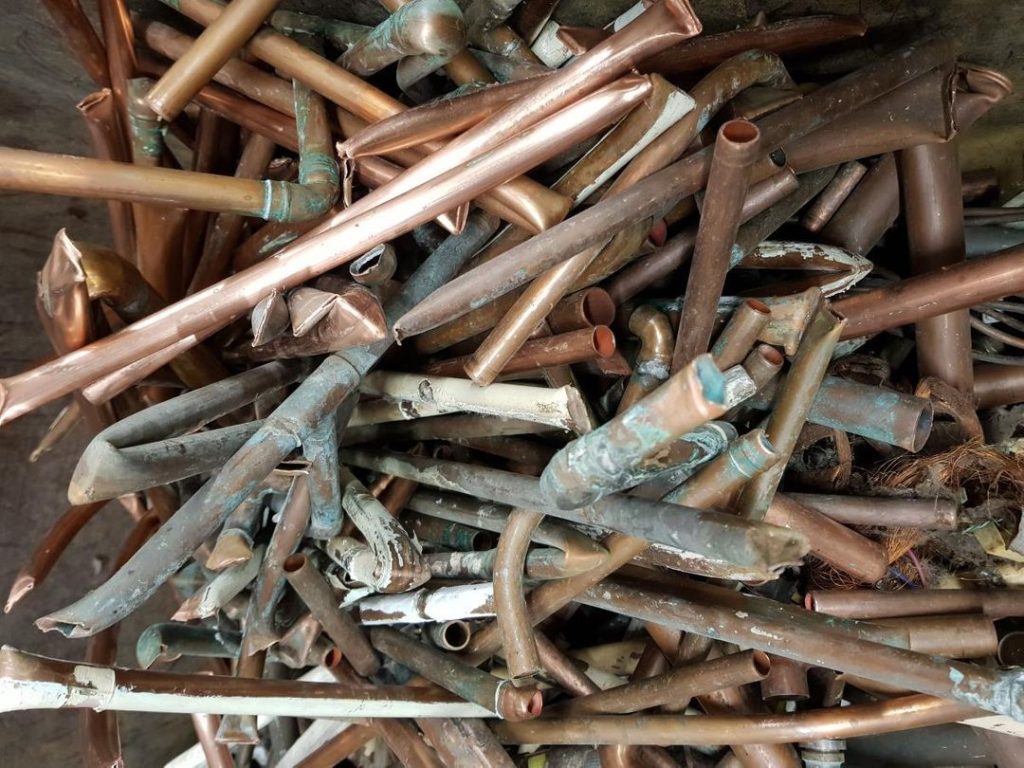
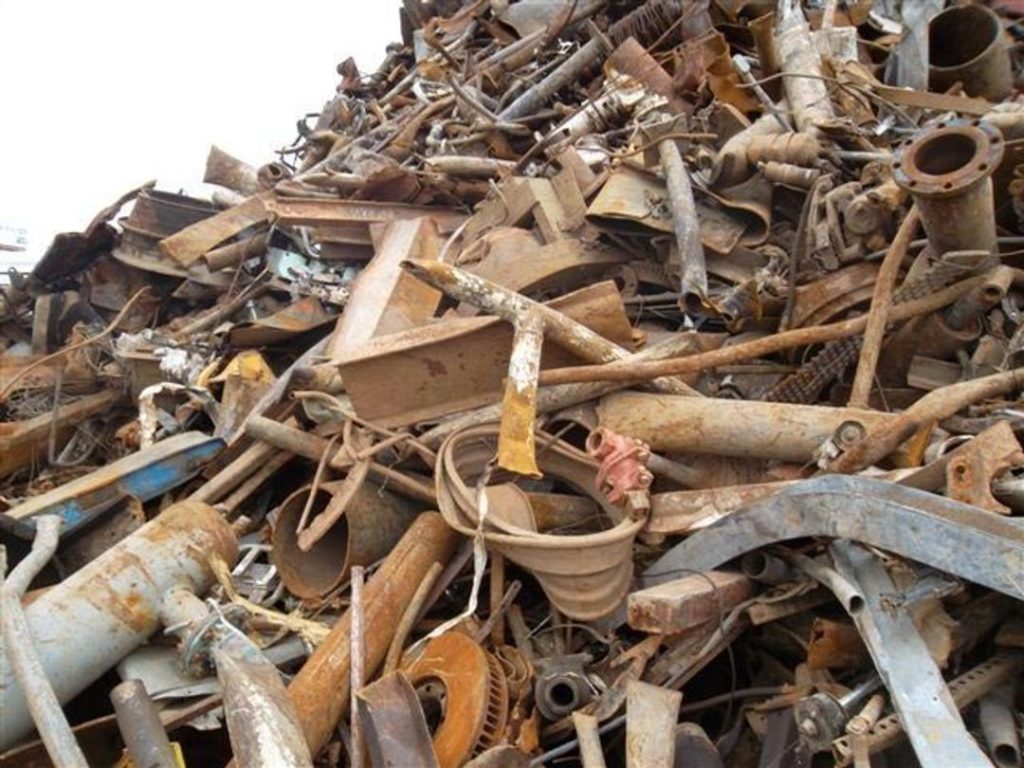
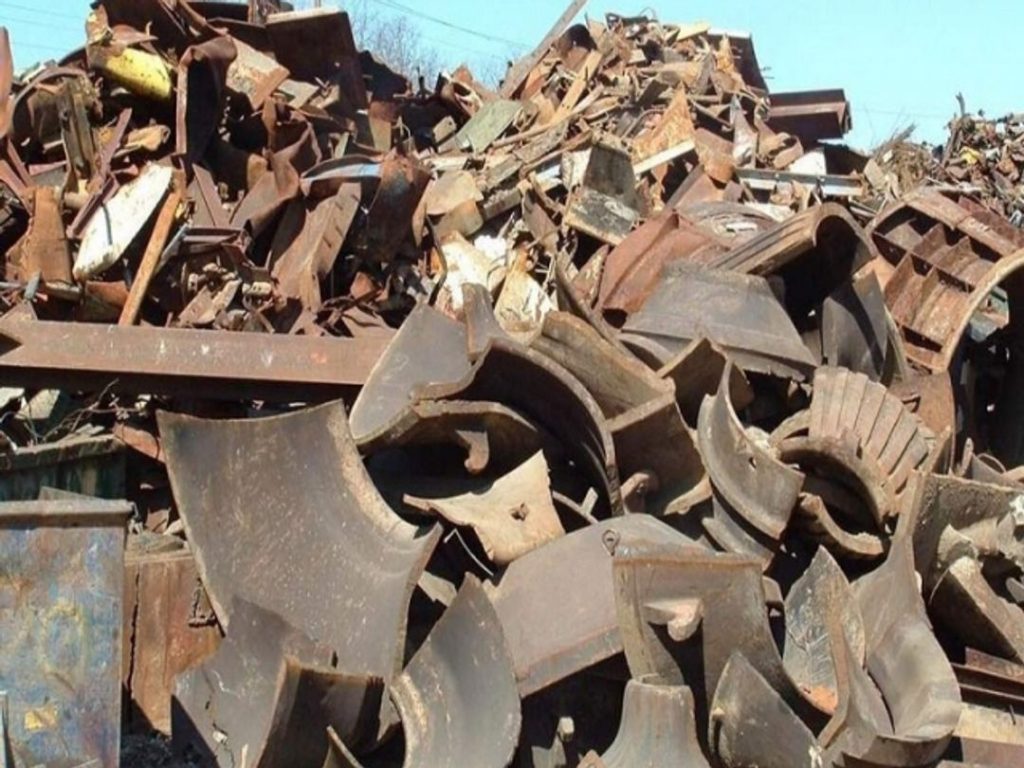
Rails with Fish Plates
Iron Mixed Metals
